Emotions run high in the cockpit of a rally car. Adrenalin coursing through their veins, rally drivers tend to say whatever comes to their minds at a stage-end if they’ve been ticked off badly enough.
“It’s definitely not meant for rally, this box we are carrying,” said a frustrated Ott Tänak at the end of stage five on Rally Sweden.
He’d gone fastest and closed the lead gap to 1.1 seconds, but his hybrid unit had stopped working. Before he could even reach the next stage, the light that indicates whether the car is considered safe or not changed color.
Tänak was seeing red – literally and figuratively.
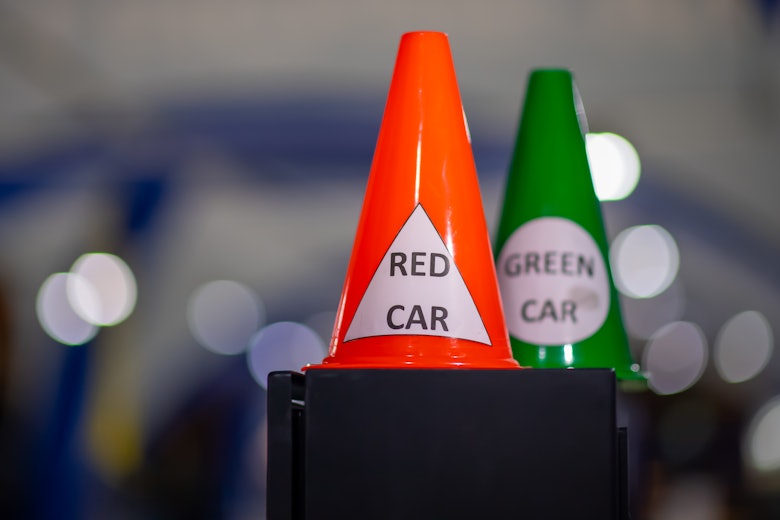
But once he’d been out of the car for a while, his tune didn’t change. Nor did it change after being able to sleep on it. He was still hacked off about it. This was no outburst in the heat of the moment.
There was widespread sympathy for Tänak’s plight. Someone had to suffer the dreaded red light first and it happened to be him. And it was more painful because it wasn’t related to a driver error. If, say, Adrien Fourmaux’s monster shunt in Monte had triggered a red light, there would have been understanding.
But this was different. Hybrid unit aside Tänak’s car was fine, according to Hyundai itself – and he hadn’t induced the failure by hitting something he shouldn’t have either. As deputy team director Julien Moncet pointed out to DirtFish, Tänak “could have continued with the combustion engine.” But he couldn’t, because of the regulations.
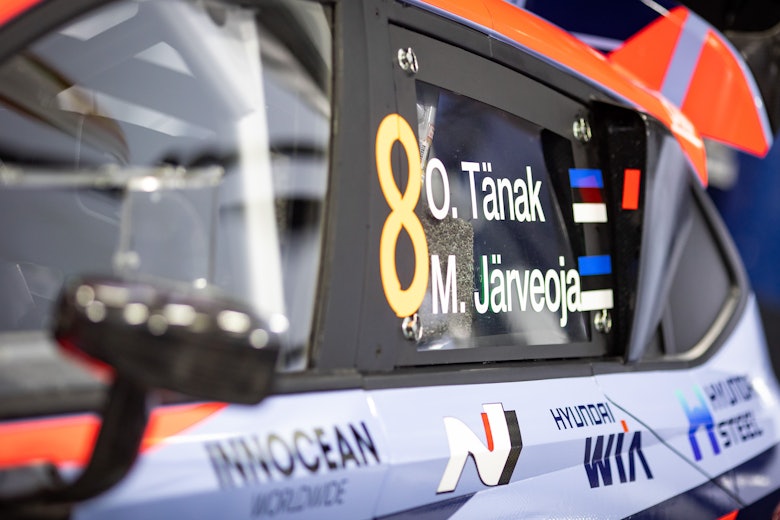
There’s a sense that this isn’t fair. None of the teams manufacture the hybrid kit and it’s not merely an individual component that’s one of the thousands that make up a Rally1 car. It’s a fully-featured external system manufactured by a third party.
It’s not like buying a brake disc or working alongside a suspension manufacturer to fine-tune dampers to a specific car. Teams don’t have a choice in the matter and they don’t get to buy the component that works best for their overall package.
“Well, I agree, it seems massively unfair but it was always going to happen to somebody with the system we have,” said Elfyn Evans – albeit the evening before he had a hybrid system failure of his own.
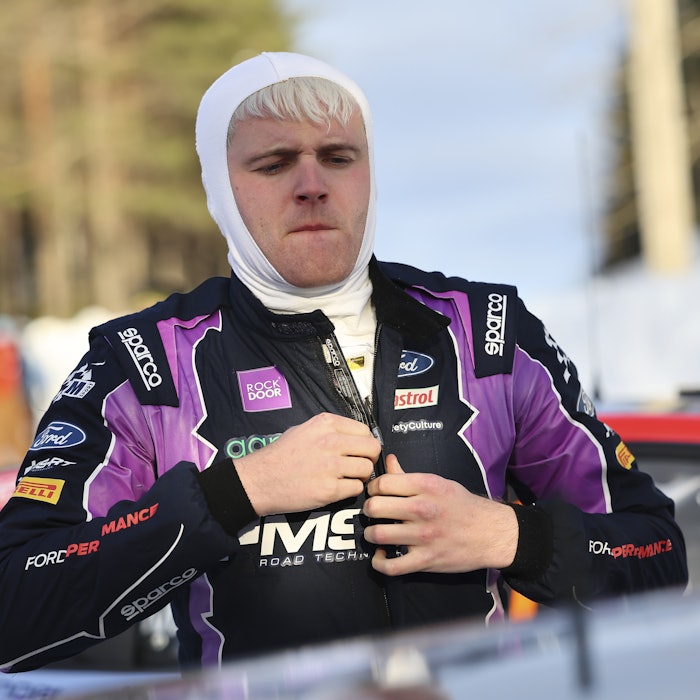
It’s got to be the same for everyone. If the red light comes on, you’ve kind of got to retireGus Greensmith
“It’s the regulations we have, this has been clear from the beginning. Of course it’s going to feel horrible for whoever it happens to. But we knew this from the get-go.”
Rather presciently, Evans concluded with this: “We knew this would be the case at some point in the year and I’m sure there’s going to be another one before the year is out.”
So, the big question – what to do about it? How can dealing with hybrid system failures be fair in a sporting context?
“I think that’s one of the big question marks we all had going into the year, and we had a chat with the FIA in Austria before the season started,” said M-Sport’s Gus Greensmith. “And it’s got to be the same for everyone. If the red light comes on, you’ve kind of got to retire.
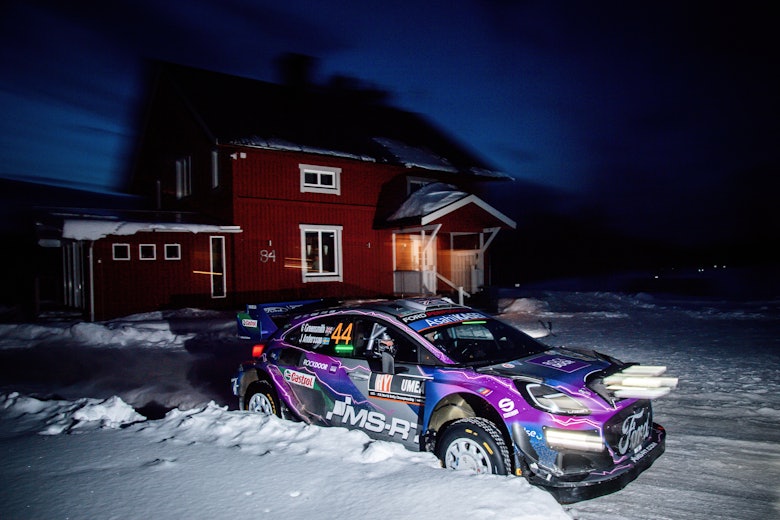
“You can’t have it where the red light comes back on, and then it becomes just complete luck, something that’s in none of the team’s control [but] an external supplier’s. So I think there’s quite a lot of work to be done on deciding what’s the fairest way to deal with it, because for sure that was unfair for Ott.”
Lots of people are talking the talk about talking: getting around the negotiating table and hammering out a solution. But someone has to bring some ideas to that table.
A favored solution of DirtFish’s Colin Clark has been to award notional times, rather than the standard seven-minute super rally penalty, in case of hybrid failure. And it’s an idea at least one of the teams is onboard with.
“Yes, having a given time would be one of our proposals, so we have to work with the FIA,” said Moncet. “I think they are open-minded on this kind of topic. We just have to define clearly the limits not to open Pandora’s box.”
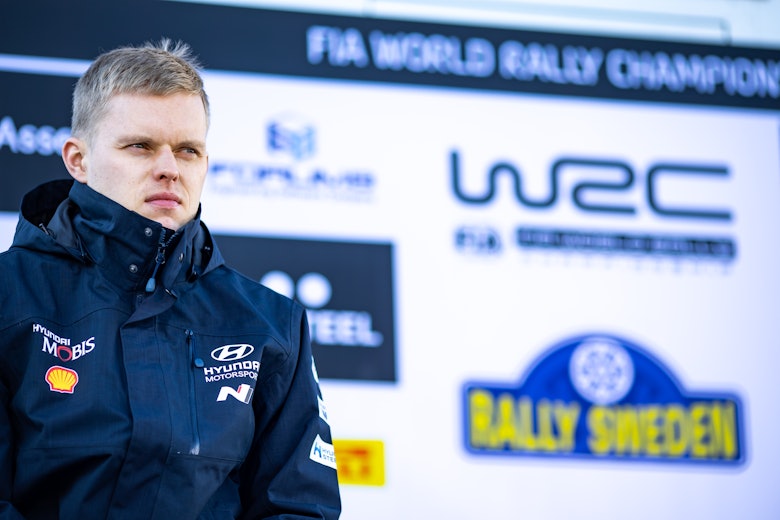
And that’s the thing. Such a rule opens a can of worms. Oliver Blamberger, chief of the Compact Dynamics company that manufactures the Rally1 hybrid kits, mentioned something important the day after Tänak’s retirement that throws a spanner into the works of that notional time idea.
“Currently, nobody can really say what is the reason for this problem on this car of Hyundai,” he said.
“There could be, let’s say, several different root causes, starting with the reason being in the car or the overall control unit of the car – or the reason is somewhere in the hybrid system.”
That causes a legislative headache. Take Greensmith’s car. His hybrid boost had stopped working on Friday morning – but that was a side-effect of a problem with his Ford Puma Rally1’s gearbox which was later replaced, not an issue with the unit itself.
Meanwhile, the root cause of the failure on Tänak’s car has still not been established. As Blamberger hinted, it is not outside the realms of possibility that an issue with Hyundai’s own electrical systems could be to blame – there is simply no information either way yet.
And that’s a problem when you’re in the middle of a rally. How do you reliably declare whether the fault is caused by an external third-party supplier if that judgment cannot be accurately reached in the moment? It is predicated on the notion that anything that can trigger a red light must be entirely down to the external hybrid kit when that is not an absolute certainty.
What happens if you hand out notional times to a competitor with a hybrid failure, only to discover the root cause was derived from a faulty interaction with a component that is the responsibility of the car manufacturer, not Compact Dynamics? Suddenly a competitor’s been given a free pass for what would ordinarily have been a super rally scenario.
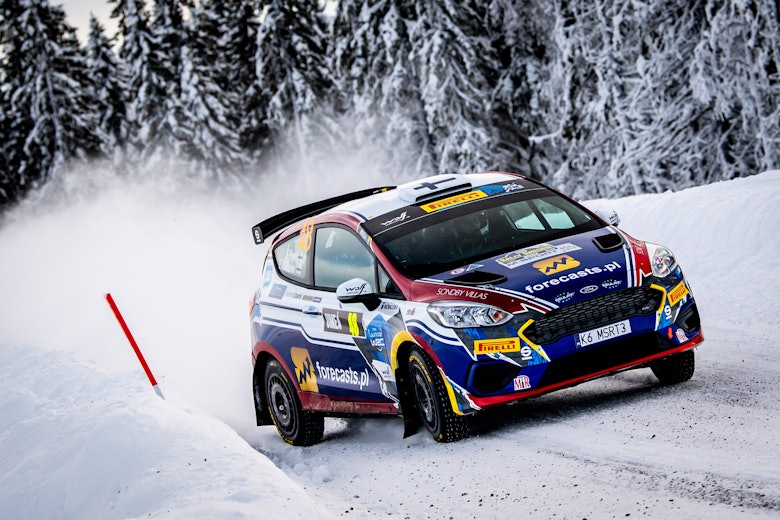
It also goes against precedent. Junior WRC offers something of a parallel. The equipment is the same for every driver, all running Ford Fiesta Rally3s prepared by the factory M-Sport Poland squad. There is no team element.
Sami Pajari, the reigning champion, was let down by the fuel pump letting go on his car in Sweden. He won more stages than anyone else but could only muster fourth place due to his Friday retirement. Here’s the thing, though: that fuel pump is an external factor for him.
Just as the reliability of components is meant to be identical for every competitor in a one-make series, the reliability of Rally1 hybrid kits is meant to be identical for every team. But it was Pajari, through no fault of his own, who suffered in Junior WRC. Yet there is no outcry that his retirement was unacceptable.
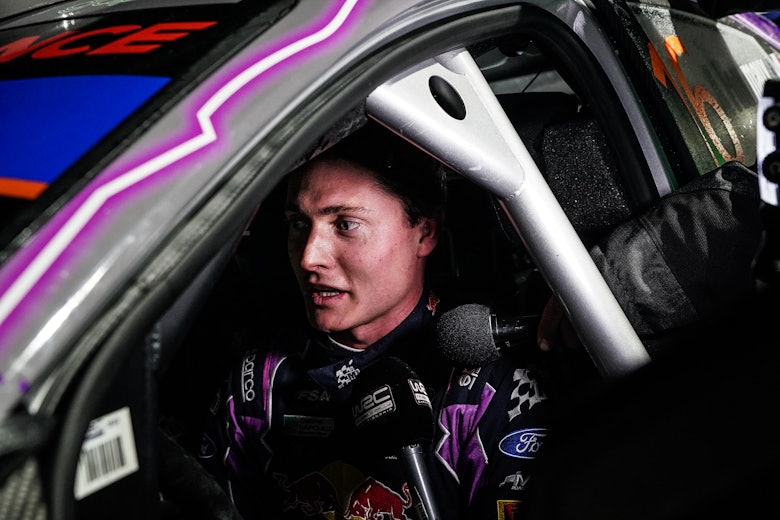
Adrien Fourmaux’s take is probably the most pragmatic. And the most realistic.
“I know for sure I can imagine it’s really frustrating but we can only trust the teams and also the hybrid units that they are doing the best work and also for the FIA.”
Changing the timing rules to work around hybrid failures is a sugar packet solution. Just fix the table leg instead. Otherwise, it’ll keep wobbling and Pandora’s box may fall and break open.





